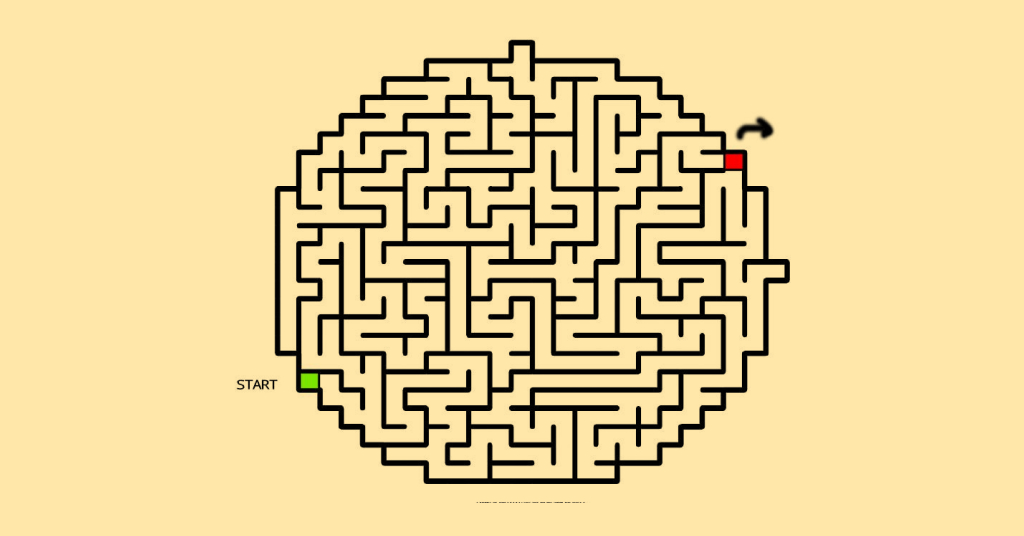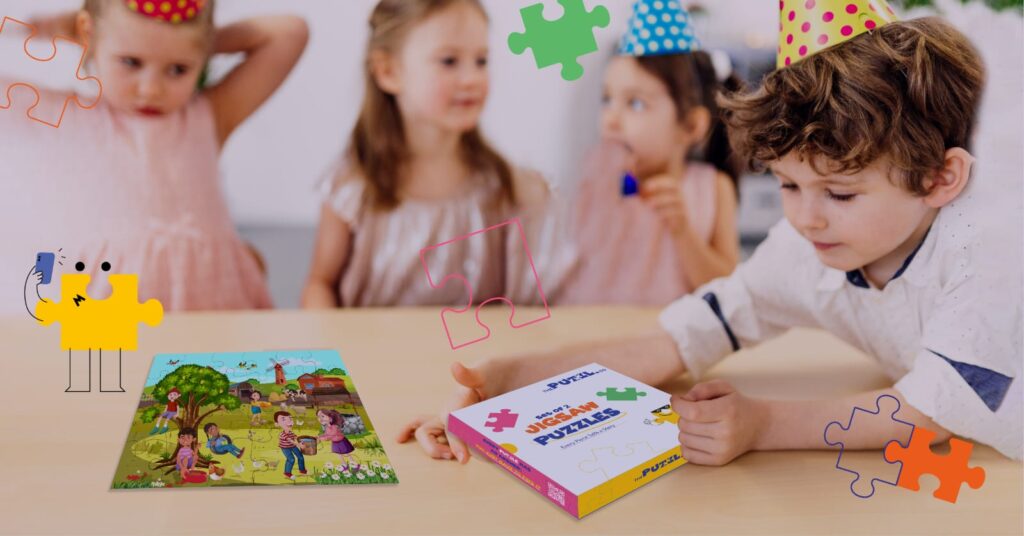Maze puzzles are a timeless and enjoyable challenge for people of all ages. Whether you’re solving a maze on paper, navigating a life-sized maze, or playing one digitally, the goal remains the same: find your way from the start to the finish without getting lost in dead ends. Although it may seem daunting at first, with the right techniques and strategies, anyone can become proficient at solving maze puzzles.
In this blog, we will explore the different methods and tips to effectively solve maze puzzles, whether they are simple or complex.
Understanding the Basics of a Maze
Before diving into solving techniques, it’s helpful to understand the structure of a maze. Mazes typically consist of interconnected paths that lead from a starting point to a finish point. The challenge arises from the presence of numerous wrong paths or dead ends, designed to confuse the solver. Some mazes are straightforward, while others can feature intricate layouts with multiple branches and loops.
There are different types of mazes, including:
- Simple mazes: These are linear mazes with fewer wrong paths, ideal for beginners.
- Complex mazes: These involve more branching paths, loops, and dead ends, often requiring more strategy.
- Multidimensional mazes: Some digital or large-scale mazes are built with multiple levels, requiring solvers to move up or down in addition to navigating left and right.
Now that we have a basic understanding, let’s get into the strategies for solving them.
Also Read: How to Solve Sudoku Puzzle
Step-by-Step Guide to Solving a Maze Puzzle
Step 1: Choose Your Strategy
There are several well-known techniques that maze solvers use. Depending on the type of maze and your preference, you can choose the one that suits you best:
- The Right-Hand (or Left-Hand) Rule: One of the most popular and foolproof methods for solving a maze is the “right-hand rule” (or left-hand). To apply this method, simply place your right hand (or left hand) on the wall at the start of the maze and keep it in contact with the wall throughout your journey. This technique ensures that you will eventually reach the end, although it may not always lead you through the shortest path.
This method works well for simple mazes or mazes where the start and finish are on the outer edges. However, it may not work in mazes with loops or multiple levels, as you could end up circling indefinitely. - Tracing Backwards: Another strategy is to begin at the finish point and work your way backward to the start. Often, solving the maze in reverse helps to reveal the correct path more easily, as it forces you to think in reverse logic. Some people find that seeing the finish line first makes it easier to avoid dead ends.
- Mapping Out the Dead Ends: If you’re solving a complex maze, it can be helpful to systematically mark off dead ends as you encounter them. On a paper maze, use a pencil to draw a small mark or line at dead ends. By eliminating the paths that don’t work, you’ll narrow down your options and be more likely to find the correct path.
- Looking Ahead: Instead of jumping into the maze immediately, spend a moment scanning the maze from above. Look for potential dead ends, long stretches of open paths, or areas where multiple paths converge. This overview can help you identify promising routes early on and avoid common pitfalls.
Step 2: Take the First Steps
Once you’ve chosen a strategy, it’s time to enter the maze. Here are some things to keep in mind as you begin:
- Start by exploring: Don’t hesitate to explore different paths as you go. The goal is to systematically test options until you find the correct path.
- Avoid hasty decisions: Sometimes, the path that looks too obvious might lead to a dead end, while the less noticeable path could be the correct one.
- Stay calm and patient: The key to solving a maze is patience. If you hit a dead end, retrace your steps, mark it off if possible, and try another route.
Step 3: Retrace and Adjust
If you’ve followed a path that leads to a dead end, don’t panic. Simply retrace your steps back to the last branching point and try a different route. Remember that many maze puzzles are designed to make you encounter dead ends, so it’s all part of the process.
Step 4: Keep a Mental (or Physical) Map
If you’re solving a complex or larger maze, keeping track of the paths you’ve already tried can be incredibly helpful. This can be done by either:
- Mentally noting which sections of the maze you’ve already covered.
- Marking paths with small symbols or arrows, especially if you’re working on a paper maze. This prevents you from revisiting the same dead ends multiple times.
Step 5: Use Visualization for Multidimensional Mazes
In more intricate, digital, or life-sized mazes with multiple layers, visualization becomes crucial. You may need to map out different floors or directions in your mind and keep track of where each path takes you. Some maze apps or games even offer tools that allow you to visualize the entire maze from a bird’s eye view. Use these tools if available.
Tips for Mastering Mazes
As with any puzzle, practice is key to improving your maze-solving skills. Here are some additional tips to help you master mazes:
- Practice on a variety of mazes: Start with simple mazes and gradually work your way up to more complex ones. By solving mazes of varying difficulty, you’ll develop a better sense of how different layouts work.
- Take breaks: If you’re stuck on a particularly tricky maze, taking a short break and coming back with fresh eyes can often help you see the solution more clearly.
- Stay focused and patient: Solving mazes is a great way to improve concentration and patience. Try to focus on each decision you make and avoid frustration when you hit dead ends—it’s all part of the learning process.
- Challenge yourself: Once you’re comfortable with traditional mazes, try solving mazes that are more complex, such as circular mazes, three-dimensional mazes, or even time-based digital mazes.
Benefits of Solving Maze Puzzles
Aside from being fun, solving maze puzzles offers several benefits:
- Enhances problem-solving skills: Navigating through complex pathways sharpens your problem-solving abilities.
- Boosts spatial awareness: Mazes challenge you to think spatially and improve your sense of direction.
- Improves focus and patience: By working through each path carefully, you enhance your ability to focus and build patience.
Maze puzzles are a fantastic way to exercise your mind while having fun. Whether you’re solving a maze for the first time or tackling a complex labyrinth, following these strategies will help you navigate any challenge. From the right-hand rule to mapping out dead ends, each method adds to your maze-solving toolbox. So, grab a maze puzzle and start exploring!



